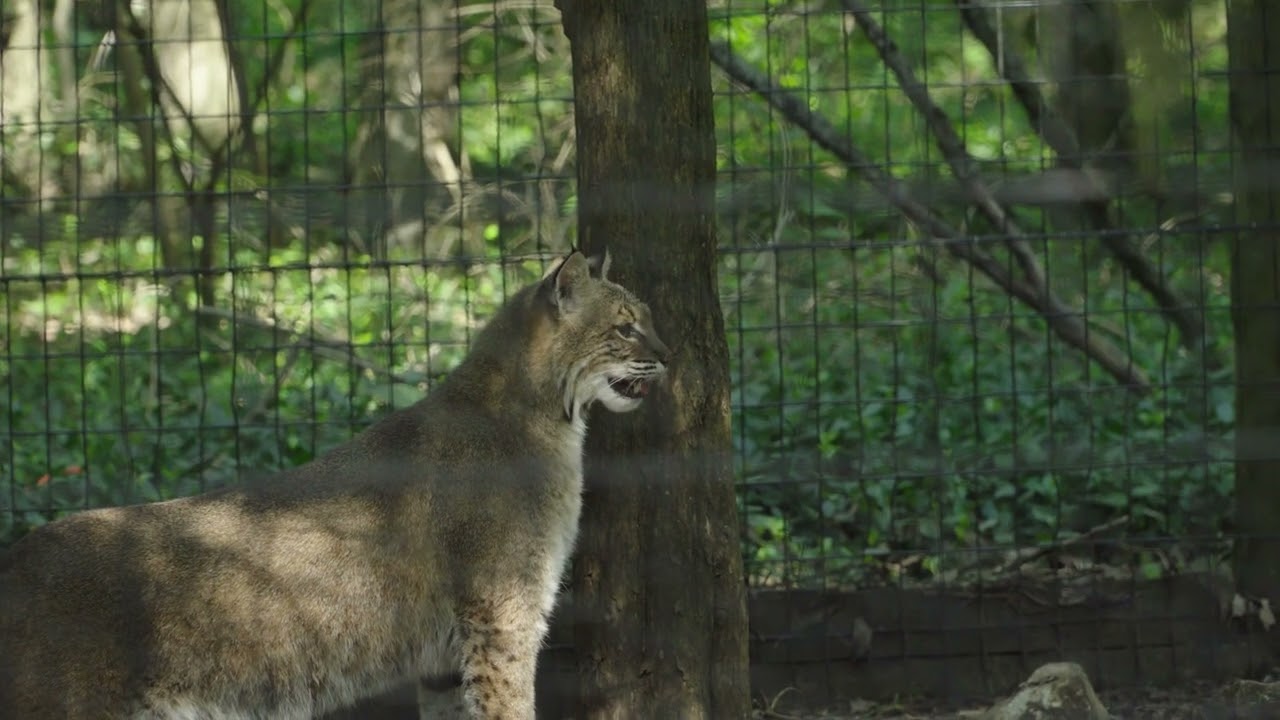Unearthing the Tales of Time at DPZ’s Historical Exhibits
Have you ever wondered what lies at the heart of the Daegu National Museum (DPZ) in South Korea? The crown jewel of its collection harks back to the 1880s! Housing an awe-inspiring range of cultural artifacts and historical treasures, the DPZ paints a vivid picture of the richness of Korean heritage. Let’s journey back in time to explore the oldest exhibits and their historical tales at the DPZ.
Savor the Legacy of Ancient Traditions
The moment you step into DPZ, you’re welcomed by an impressive array of items, each a testament to a cultural legacy that stretches back millennia. Journey through the various galleries, each revealing a slice of Korean history and traditions, from bygone eras to contemporary times. Among the oldest exhibits stands the Bronze Bell of Gurodong Valley, a prized possession from the Goguryeo Dynasty (37 BC – 668 AD). Unearthed in the 1900s and housed in DPZ since 1979, this bronze marvel is among Korea’s largest and most historically significant bells.
Journey Through Korea’s Royal Epoch
Prepare to awaken by the dedicated space commemorating the Joseon Dynasty (1392-1910)—a period marked by its fidelity to Confucian values and quintessential Korean traditions. The DPZ unfurls an array of exhibits reflecting the cultural and artistic milestones of the Joseon era, including furniture, garments, and artwork. Among the oldest relics here is the Portrait of Queen Myeongseong, the last Joseon Dynasty queen celebrated for her intellect and courage. This drawing, made in 1895, dates back to a year before her untimely assassination by Japanese agents.
Relive Korean Folk Art and Craftsmanship
Another corner of the DPZ is a tribute to the enduring history of Korean folk art and craftsmanship. The museum brims with a diverse collection of ceramics, textiles, and lacquerware, to name a few. One of the oldest items on display is a traditional Korean armor set from the Goryeo Dynasty (918-1392). Worn by the king’s guards, it showcases exquisite leather, silk, and iron craftsmanship. It is one of that epoch’s most impeccably preserved examples of Korean armor.
Breathing Life into History with Technology
The DPZ takes you on a unique historical voyage by infusing technology into its exhibits. Imagine immersing yourself in a 360-degree virtual reality tour of the ancient capital city of Gyeongju during the Silla Dynasty (57 BC – 935 AD). Or experience the thrill of a 4D cinema that narrates the saga of Korea’s history and culture through animated films and special effects.
Final Thoughts
The DPZ isn’t just a museum; it’s a time capsule that lets you explore the depths of Korea’s past. Its oldest exhibits serve as monuments to Korea’s rich heritage, offering a glimpse into the customs and traditions that have shaped Korean society over centuries. So, on your next visit to South Korea, experience the captivating blend of beauty and complexity that the DPZ and Korean culture offer. Whether you’re a history enthusiast or curious to discover more about Korea, the DPZ is an unmissable destination.
*****
Summary of Transcript:
The zoo has undergone changes that helped shape it into the experience guests enjoy today. The video discusses the development and improvements of Dickerson Park Zoo from the 70s to the early 2000s, including the addition of various buildings and attractions such as the cheetah country and bull elephant building. Additionally, the video mentions that the Bear Pit exhibit is the oldest one still in use, with its origins dating back to the 1880s when Francis H. Heffernan owned the land that would eventually become Springfield Zoo.
*****
Summary of Description:
DPZ has an exhibit from the 1880s.
*****
*****
Source Description
Did you know the oldest exhibit at DPZ dates back to the 1880s?

